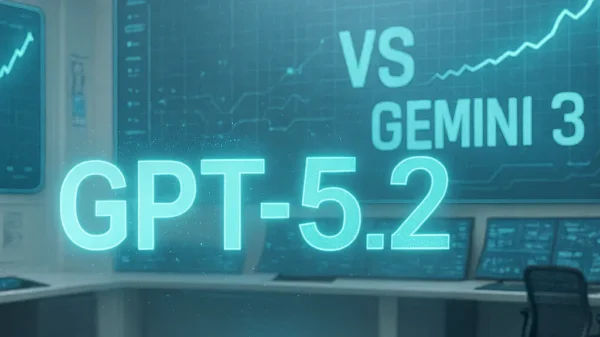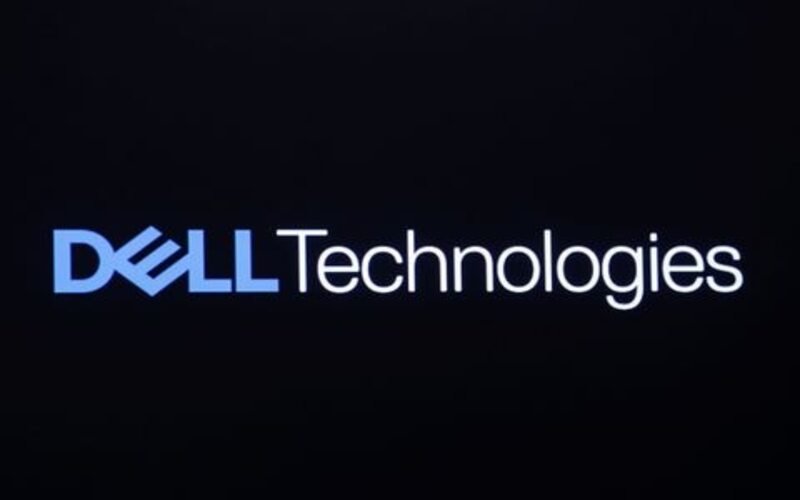Hackers Sneak Malware-Infected Game Onto Steam – What Went Wrong?
Steam, the world’s largest PC gaming platform, recently experienced a security breach that exposed users to malware. A pirate-themed game called PirateFi appeared on the platform on February 6, 2025, under the fake developer name Seaworth Interactive. It remained available for about a week before Valve, Steam’s parent company, took action. By the time it was removed, the game had already been downloaded between 800 and 1,500 times, potentially infecting hundreds of unsuspecting gamers.
A Hidden Threat Disguised as a Game
On the surface, PirateFi appeared to be a typical survival game. In reality, it was embedded with harmful software designed to steal users’ browser cookies. This type of attack is particularly dangerous because stolen cookies can allow hackers to hijack sessions, access personal data, and potentially compromise accounts.
To make the game seem credible, hackers put significant effort into its presentation. Promotional materials, such as trailers, screenshots, and descriptions, were entirely copied from an existing game called Easy Survival RPG. The fraudulent developers also attempted to lure more victims by listing fake job openings on Telegram, promising $17 for an in-game moderator role.
How Did a Malicious Game Slip Past Steam’s Security?
Steam has security measures in place to prevent malware distribution; however, this incident suggests gaps in those protocols. The fraudulent nature of PirateFi should have raised red flags earlier. For instance, there were no verifiable details about Seaworth Interactive—no website, no social media presence, and no track record. This lack of credibility highlights how weak vetting procedures can allow malicious actors to slip through.
Valve eventually removed the game after multiple antivirus programs detected the malware, identified as Trojan.Win32.Lazzzy.gen. By then, concerns had already spread throughout the gaming community, prompting investigations by tech outlets such as PCMag.
Valve’s Response and User Safety Measures
After taking PirateFi down, Valve contacted affected users, urging them to take immediate security precautions. The suggested steps included running a full system scan with antivirus software, removing suspicious programs, and, in severe cases, reinstalling Windows to ensure complete malware removal.
While Valve acted swiftly once the threat became clear, this incident raises broader concerns about the platform’s ability to prevent similar breaches in the future. Experts suggest stronger developer vetting processes, more rigorous game verification, and better community reporting tools to flag suspicious content earlier.
Preventing Future Incidents
The PirateFi incident serves as a reminder that even well-established platforms like Steam are not immune to cyber threats. Gamers can take steps to protect themselves by researching new releases, verifying developer credentials, and checking reviews from trusted sources before downloading. Keeping antivirus software up to date and enabling two-factor authentication on accounts can also provide additional layers of protection.
Valve’s handling of this situation demonstrates its commitment to user safety, but it also highlights an urgent need for improved security measures. With cyber threats evolving constantly, gaming platforms must remain proactive in safeguarding their users.
As 2025 unfolds, one thing is clear—digital security should be a priority for both developers and players alike.

















































